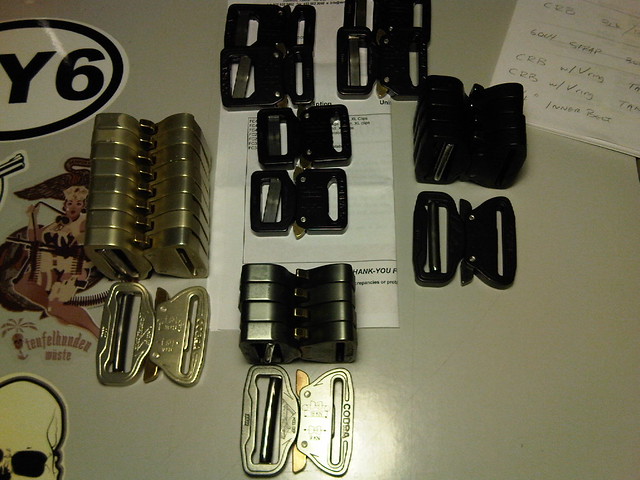Webbing Sling Belt: An Essential Tool for Lifting and Securing Cargo
Introduction:
In the world of cargo lifting and securing, a reliable tool is needed to ensure

safety and efficiency. This is where the webbing sling belt comes into play. In this article, we will explore the manufacturing process, features, advantages, usage methods, how to choose the right product, and draw a conclusion about this essential lifting equipment.
Manufacturing Process:
The webbing sling belts are made using hig chain hoist h-quality polyester fibers. These fibers are woven together through a precise manufacturing process that involves intertwining them in a way that creates excellent strength properties while maintaining flexibility. The result is a durable yet flexible belt with tremendous load-bearing capacity.
Features:
Polyester lifting Polyester lifting sling slings offer numerous features that make them ideal for various applications. They have excellent resistance to UV rays and chemical substances such

as acids or alkalines. Additionally, they do not absorb water which prevents them from becoming heavy or brittle when wet.
Cargo securing webbing straps exhibit similar qualities but also include reinforced edges for enhanced durability during cargo transportation.
Sling straps are specifically designed with loops on both ends to allow easy attachment to hoists or hooks.
Lifting belts can be used interchangeably with other forms of slings but provide more versatility due to their adjustable length feature.
Advantages:
The use of webbing sling belt webbing sling belts offers several advantages over alternative products. Firstly, they have a higher strength-to-weight ratio compared to traditional wire ropes or chains. This means that operators can lift larger loads without having to deal with excessive weight Cargo securing webbing strap limitations.
Secondly, these belts offer better protection against damage caused by sharp edges since they mold around irregular shapes more easily than s webbing sling belt teel cables or chains do.
Thirdly, polyester-based materials provide superior durability due to their high resistance against wear and tear caused by friction or abrasion. This extends the lifespan of these sling belts significantly.
Usage Method:
To properly use a webbing sling belt, one must first inspect it for any signs of damage or wear. It is e chain hoist ssential to check for frayed edges, cuts, or discoloration that could indicate material weakness. Secondly, the load capacity and working load limits must be determined by consulting the manufacturer’s specifications.
The next step involves selecting an appropriate hitch type that suits the lifting operation needs. Common hitch types include vertical, choker, and basket hitches.
Finally, attach the webbing sling belt sling belt securely to the cargo and hoist while ensuring all connections are properly tightened.
How to Choose the Right Product:
Selecting the right webbing sling belt depends on several factors such webbing sling belt as lifting requirements and operational conditions. Considerations should be given to factors like weight capacity needed, length requirements, safety factor based on usage frequency or criticality of operations.
Conclusion:
Webbing Sling Belts mad Sling strap e from high-quality polyester fibers offer significant advantages over traditional wire ropes or chains in terms of strength-to-weight ratio and durability. Their ability to mold around irregular shapes provides added protection during transportation while maintaining excellent load-bearing capabilities. When ch

oosing a webbing sling belt for your specific application needs, ensure you consider factors such as required weight capacity and operating conditions to maximize efficiency and safety in cargo lifting operations.


